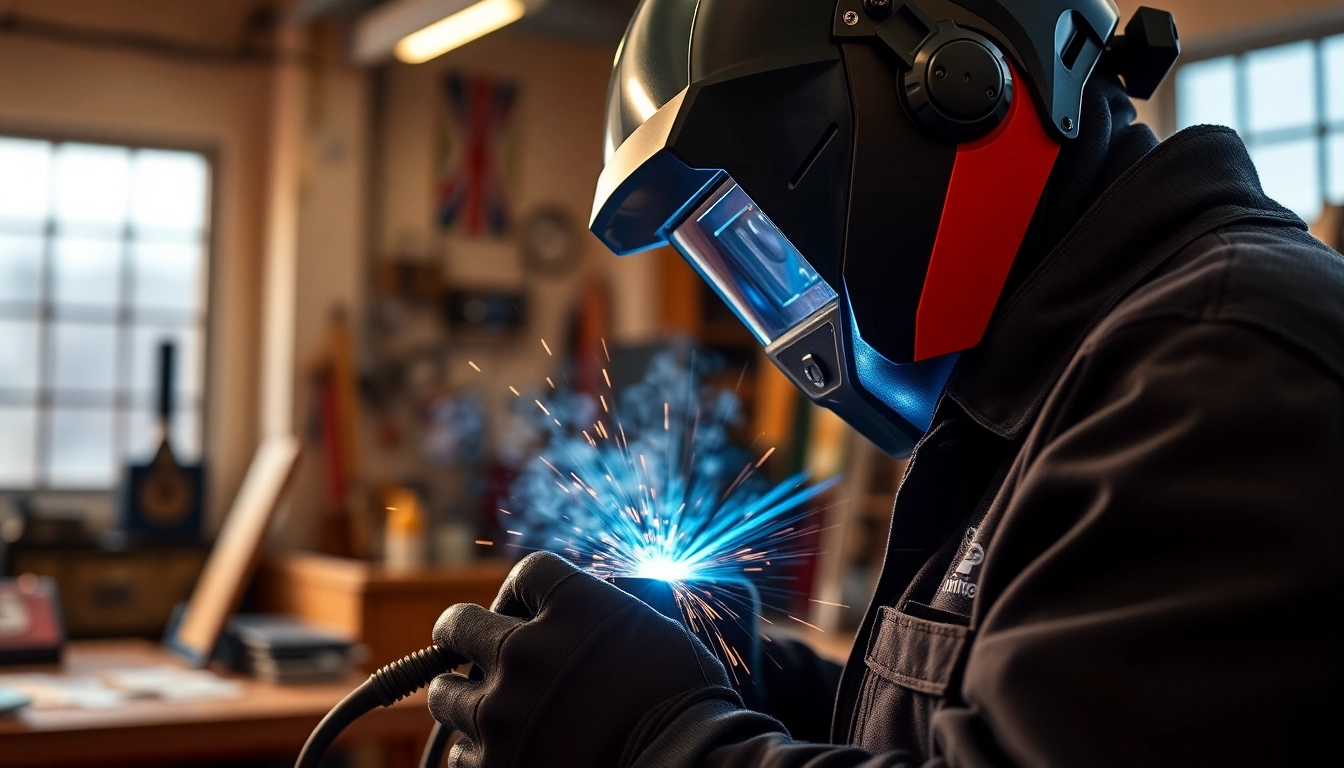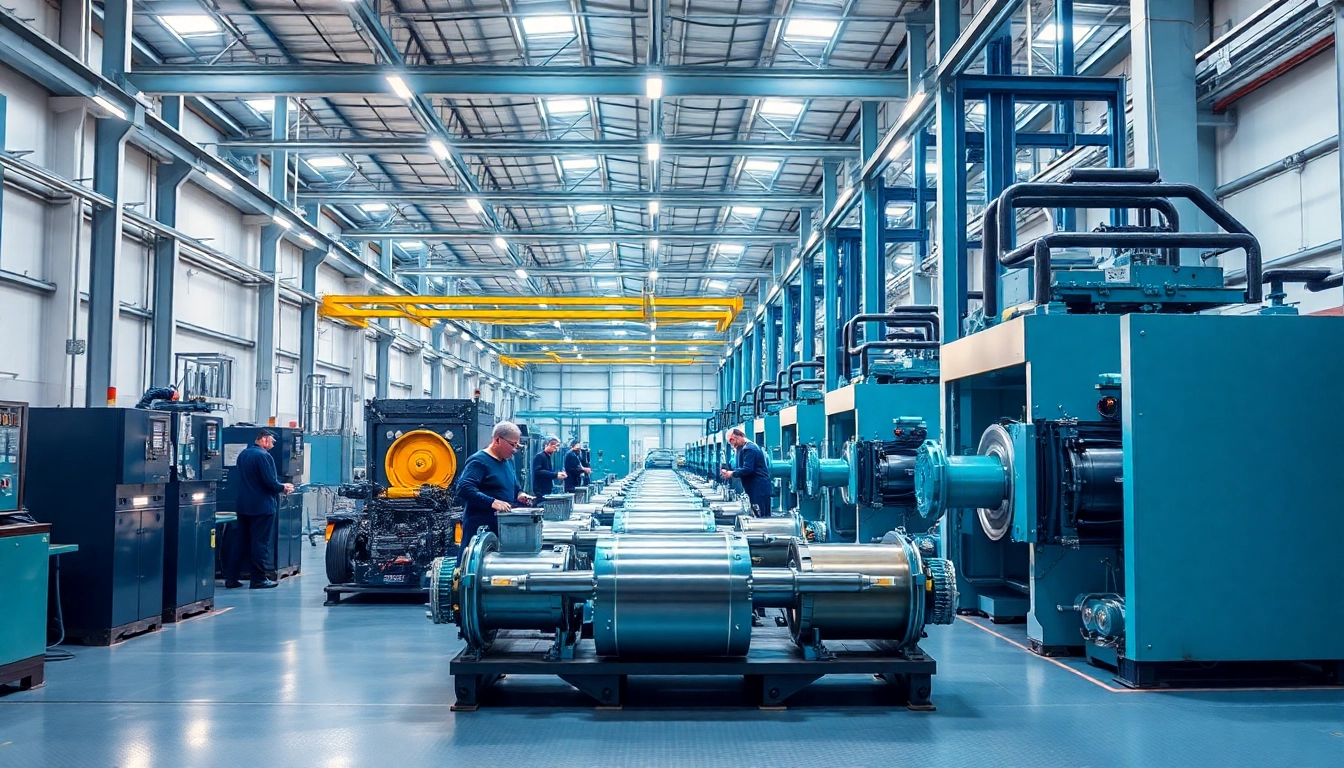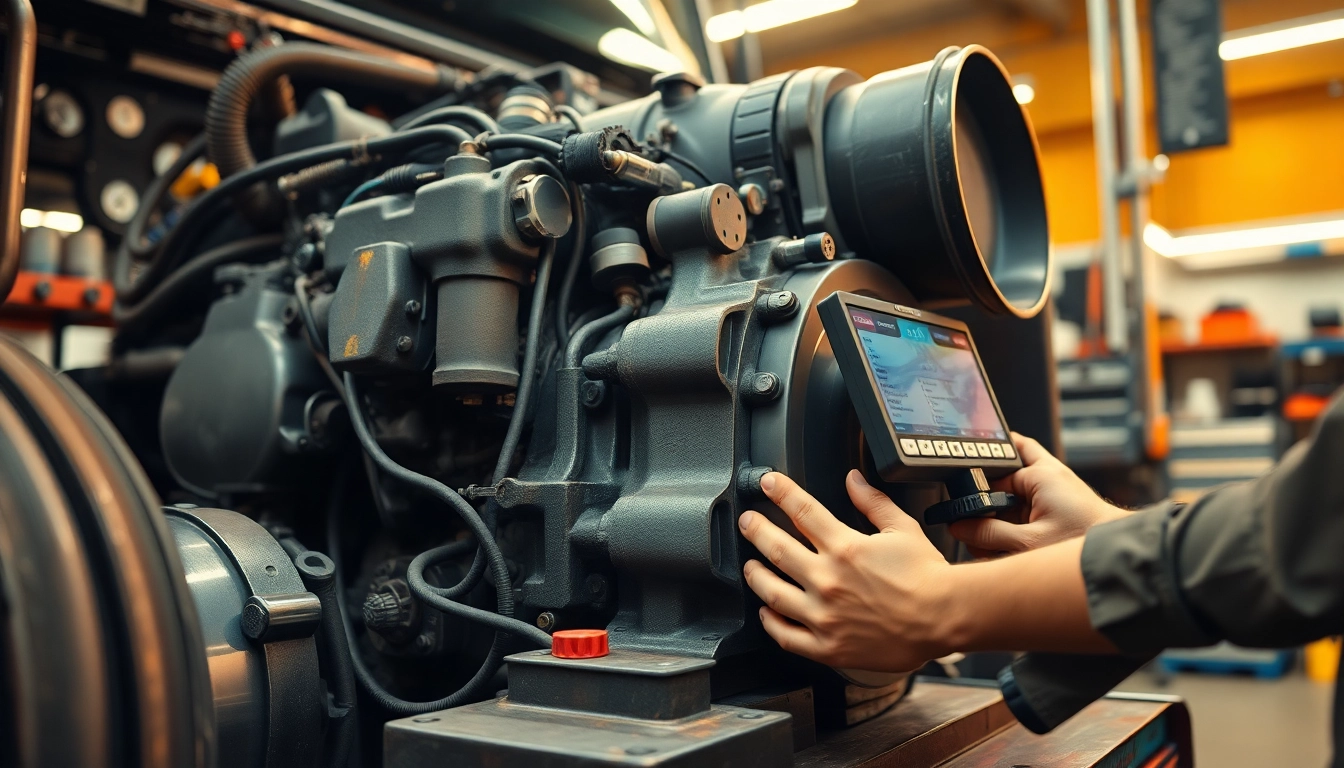Understanding Filling Machines
What is a Filling Machine?
A filling machine is a device used to transfer liquids or other products into containers, such as bottles or jars, in a specified volume or weight. Its primary function is to enhance the efficiency of the packing process in various industries, including food, beverage, pharmaceuticals, and cosmetics. Filling machines come in a variety of types and configurations, depending on the application they serve, which can include simple manual systems to complex automatic systems. A good example would be the Filling Machine designed for high performance across different scales of production.
The Importance of Filling Machines in Manufacturing
Filling machines play a crucial role in manufacturing and packaging processes. They allow for consistent product volumes, reducing waste and ensuring compliance with regulations regarding product measurements. In the food and beverage industry, accurate filling helps maintain quality and safety standards while also improving the facility’s operational efficiency.
Moreover, the use of filling machines can significantly reduce manual labor, thereby minimizing human error and packaging costs. This mechanization is vital in high-demand environments, increasing speed and productivity. Overall, the right filling machine can provide a significant competitive edge in market responsiveness and cost management.
Key Components of a Filling Machine
Filling machines are composed of several key components, each serving an essential function in the filling process. The primary components include:
- Filling Head: This is the part of the machine that dispenses the product into containers. It can be designed for gravity, vacuum, pressure, or piston filling methods.
- Conveyor System: This component transports containers to the filling station, ensuring a steady flow of products through the machine.
- Control System: Modern filling machines are equipped with advanced control systems for monitoring the filling process, adjusting speeds, and ensuring precision.
- Pump Mechanism: Depending on the type of filling machine, it can be equipped with various pumps—gear, diaphragm, or peristaltic—to manage different types of liquids efficiently.
- Cleaning and Sanitization Features: Many filling machines come with built-in cleaning systems to maintain hygiene, essential in industries like food and pharmaceuticals.
Types of Filling Machines
Manual vs. Semi-Automatic Filling Machines
Filling machines can be categorized based on their level of automation. Manual filling machines require human intervention to operate. They are typically less expensive and suitable for small-scale operations or startups. However, they demand higher labor time and can introduce variability in product measurements.
Semi-automatic filling machines, on the other hand, combine human operation with automation. In this type, the operator may control the filling process, but the machine carries out specific functions like lifting, placing, or dispensing liquid, thus improving speed and consistency without fully automating the process.
Fully Automatic Filling Machines: Pros and Cons
Fully automatic filling machines represent the pinnacle of modern filling technology. These systems operate without the need for human intervention, often capable of handling a wide array of products and container types. The benefits include:
- High Efficiency: They can fill large quantities of containers in a fraction of the time compared to manual or semi-automatic systems.
- Consistent Quality: By automating the process, the risk of errors is significantly reduced, providing uniformity in each container filled.
- Minimal Labor Costs: These machines require fewer operators, enabling a business to reduce labor-related expenses.
However, fully automatic systems also have drawbacks:
- High Initial Investment: The cost of fully automated systems can be prohibitive for smaller businesses.
- Complex Maintenance: With advanced technology comes the need for skilled technicians to maintain and troubleshoot issues.
Choosing the Right Type for Your Product
Choosing the correct filling machine type depends on various factors, including:
- Product Characteristics: The viscosity, temperature, and properties of your product will dictate the type of pump and filling head required.
- Container Types: Different machine designs cater to different container shapes and sizes. Your selection should match the dimensions and material of your packaging.
- Production Volume: Assessing your operational scale will help determine if you need manual, semi-automatic, or fully automatic solutions.
- Budget: Evaluate both initial investment and long-term operational costs to find a machine that fits your financial landscape.
Applications of Filling Machines
Filling Machines in Food and Beverage Industries
In the food and beverage sector, filling machines are pivotal in ensuring standards are met for product quality and measurement accuracy. From bottling water and soft drinks to packaging sauces and creams, different filling technologies are employed. For example, high-speed liquid filling machines for beverages allow for rapid production lines, maintaining freshness while ensuring precise fill levels.
Advancements have led to innovations such as aseptic filling, crucial for extending product shelf life without refrigeration. These methods require specialized filling machines that maintain hygienic conditions throughout the process.
Pharmaceutical Uses of Filling Machines
In pharmaceuticals, filling machines are essential for composing various products such as syrups, vaccines, and powders into vials and ampoules. Accuracy is of utmost importance, as discrepancies can lead to significant health risks. Therefore, many pharmaceutical filling machines are designed to meet stringent regulations regarding sterility and dosage accuracy. Technologies such as volumetric and gravimetric filling are commonly utilized, often with integrated inspection stations to ensure that quality standards are rigorously adhered to.
Cosmetic Industry Filling Solutions
The cosmetic industry also relies heavily on filling machines for products ranging from creams and lotions to fragrances. Because many products possess unique viscosities and chemical properties, filling machines in this sector are often customizable. Manufacturers select machines that not only fulfill the necessary product specifications but also enhance brand aesthetics, such as precision filling to the exact desired level for customer satisfaction.
Best Practices for Operating Filling Machines
Training Operators for Efficiency
Effective operation of filling machines begins with properly trained personnel. Operators should be comprehensively educated about the machinery, including its functions, safety protocols, and troubleshooting techniques. Regular training sessions help refresh knowledge and introduce new operational techniques or machinery updates.
Maintenance Tips for Longevity
Regular maintenance is critical to ensure the longevity of filling machines. Scheduling routine inspections can prevent downtime caused by machinery failures. Operators should also be encouraged to keep daily logs of machine performance, noting any irregularities to report for further investigation.
Common maintenance tasks include cleaning the filling heads, checking seals for wear and tear, and ensuring that the lubrication systems are operational. Adopting preventive maintenance can significantly extend the life of filling equipment, reducing the total cost of ownership.
Common Troubleshooting Steps
Even with proper training and maintenance, issues can arise during machine operation. Common problems may include inconsistent fill levels, product leaks, or container misalignment. Operators should follow a systematic troubleshooting process that typically involves:
- Identifying Symptoms: Knowing exactly what the machine is doing wrong is the first step in diagnosing an issue.
- Consulting Manuals: Most problems can be resolved by referring to the machine’s operator manual for guidance.
- Testing Adjustments: Many machines feature adjustable settings that operators can modify to correct issues.
- Engaging Technical Support: If an issue is beyond internal capabilities, it might be necessary to contact the manufacturer’s support team for specialized help.
The Future of Filling Machine Technology
Emerging Trends in Automation
As industries continue evolving, filling machines are increasingly incorporating advanced technologies like Artificial Intelligence (AI) and IoT (Internet of Things). These technologies allow for real-time monitoring and analytics, optimizing machine performance and minimizing downtime through predictive maintenance strategies. Furthermore, integration with automation systems is facilitating smart factories where processes are fully interconnected.
Integration with Packaging Solutions
The future of filling machines lies heavily in their integration with complete packaging solutions. This trend involves machines working in synergy with labeling, capping, and inspection systems, providing streamlined workflows that enhance efficiency. For instance, a filling machine equipped with inline labeling could facilitate a truly automated production line.
Environmental Considerations in Filling Technologies
With the global push towards sustainability, filling machines are being designed with materials and processes that are environmentally friendly. Innovations such as reduced energy consumption, minimal plastic usage, and easier recyclability are becoming industry standards. As consumer awareness grows, manufacturers are expected to embrace these trends proactively, aligning production methods with environmental sustainability goals.



